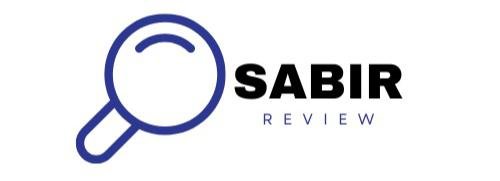
What Are Learning Styles?
Learning styles refer to the preferred ways individuals engage with and process information. While many frameworks exist, the most common categorizations include:
- Visual Learners: These students learn best through visual aids like charts, diagrams, and videos. They often prefer to see information represented graphically.
- Auditory Learners: Auditory learners excel when they can hear information. They benefit from lectures, discussions, and audio materials.
- Kinesthetic Learners: These students learn through hands-on experiences and movement. They thrive in environments where they can engage in physical activities and experiments.
- Reading/Writing Learners: This group prefers interacting with written material. They benefit from reading textbooks, taking notes, and engaging in written assignments.
Understanding these styles can help educators create a more inclusive and effective learning environment.
The Importance of Tailoring Teaching
Recognizing and addressing different learning styles can lead to several positive outcomes:
- Enhanced Engagement: When teaching methods align with students’ preferred learning styles, they are more likely to be engaged and motivated.
- Improved Retention: Students are more likely to remember information that is presented in a way that resonates with them.
- Greater Confidence: Tailored teaching strategies can help students feel more competent and confident in their abilities.
Strategies for Tailoring Teaching
To effectively cater to diverse learning styles, consider the following strategies:
- Incorporate Multisensory Approaches: Use a combination of visual, auditory, and kinesthetic methods. For example, when teaching a new concept, use videos, discussions, and hands-on activities to reinforce learning.
- Provide Choice: Allow students to choose how they engage with material. For instance, they could select between a visual presentation, a written report, or an oral presentation to demonstrate their understanding.
- Use Graphic Organizers: For visual learners, tools like mind maps and flowcharts can help organize thoughts and information clearly.
- Encourage Group Work: Group activities can cater to various learning styles. Auditory learners can thrive in discussions, while kinesthetic learners can benefit from collaborative projects.
- Integrate Technology: Utilize educational apps and tools that accommodate different learning preferences. For instance, interactive simulations can engage kinesthetic learners, while podcasts can benefit auditory learners.
- Assess Understanding in Various Ways: Instead of relying solely on traditional tests, offer different assessment methods. Consider projects, presentations, and creative assignments that allow students to demonstrate their knowledge in their preferred styles.
Recognizing Individual Differences
While learning styles provide a helpful framework, it’s important to remember that every student is unique. Some may not fit neatly into one category and may benefit from a blend of approaches. Conducting regular assessments and surveys can help identify students’ preferences and adjust teaching methods accordingly.
Professional Development and Collaboration
Educators can further enhance their understanding of learning styles through professional development. Collaborating with colleagues to share best practices and strategies can lead to a more comprehensive approach to tailoring instruction. Workshops, webinars, and literature on differentiated instruction can provide valuable insights.
Conclusion
Understanding and addressing learning styles is vital for fostering an inclusive classroom environment. By tailoring teaching strategies to meet the diverse needs of students, educators can maximize engagement, retention, and success. As we strive to create more effective learning experiences, let’s commit to understanding our students and adapting our approaches to help them thrive.
